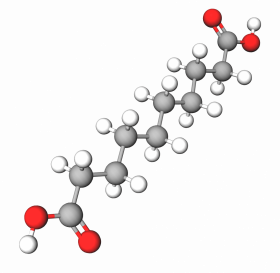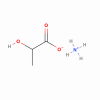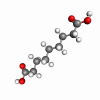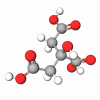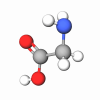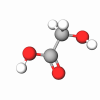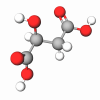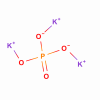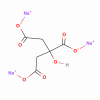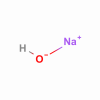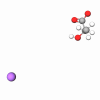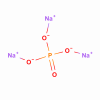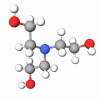Sebacic acid naturally occurs in human sebum and the skin's extracellular matrix. This eight-carbon dicarboxylic acid is a significant component of free fatty acid secretion of the skin's sebaceous glands. This acid occurs in high contents in natural products such as castor and rice bran oils, royal jelly, etc. It's derived from castor oil for use in the cosmetics industry.
Sebacic acid (decanedioic acid) is a white flake or powdered crystal used in skincare formulations as a component of surfactants, lubricants, detergents, emulsifiers, etc. It's also an intermediate product of medium- and long-chain fatty acids metabolism in the body, so it's a safe ingredient for cosmetics and skincare products.
In vitro studies showed that Sebacic acid can cross-link with collagen type I and improve its mechanical properties. Thus, besides moisturizers, it is used in formulas to improve the skin's elasticity and surface texture, minimizing the appearance of blemishes and breakouts.
